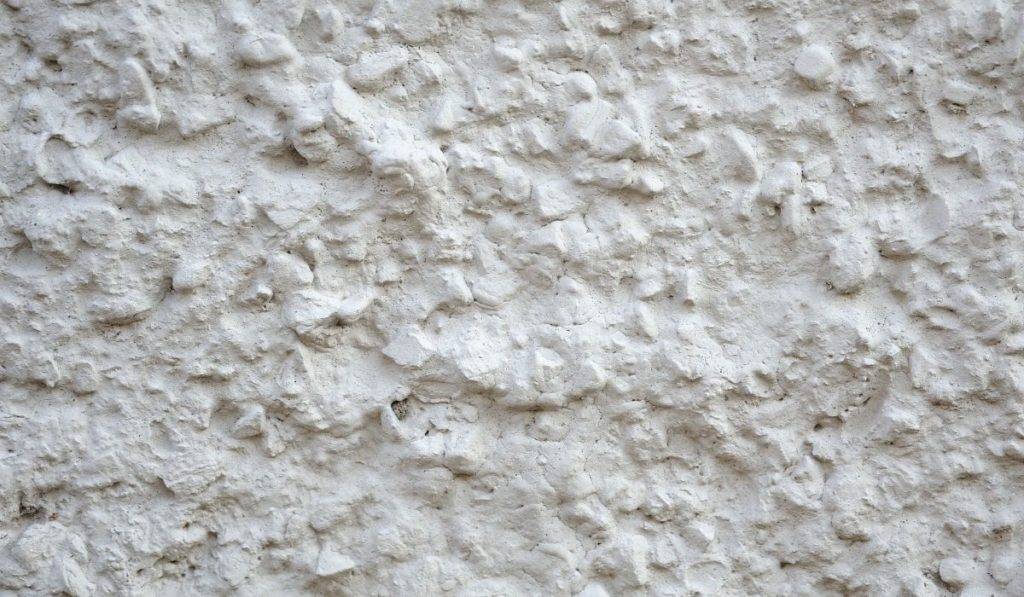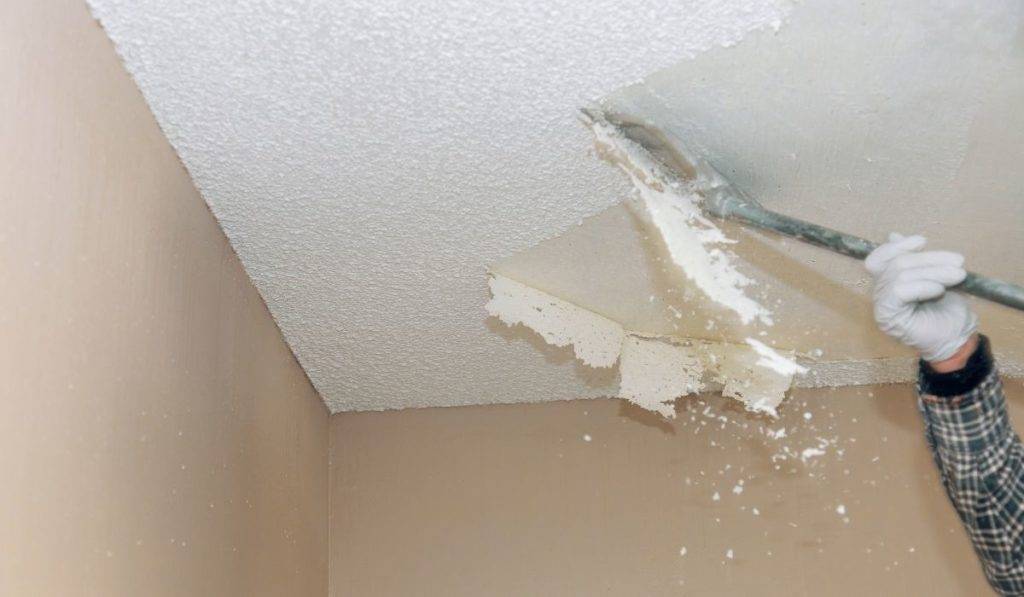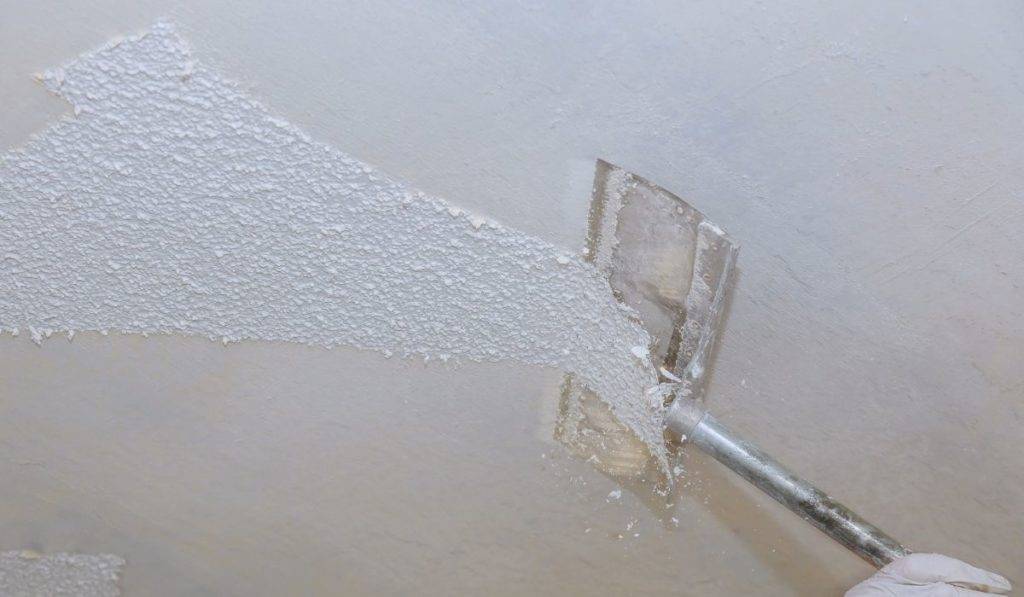
Textured coatings, or ‘popcorn ceilings’, were a popular design choice from the 1930s to the 1980s. The textured markings made it easier to cover up mistakes and unsightly design flaws, but they also provided aesthetic value for homeowners. Some modern houses have them, but their prevalence and popularity has dwindled. However, if your popcorn ceiling was installed prior to 1999, then there’s a good chance it’s loaded with asbestos. After 1999 asbestos was outlawed as a building material, but it was used in many construction projects because of its strengthening and fire-resistant properties. Keep reading to learn everything you need to know about popcorn ceilings, the risks involved, and how to protect yourself from exposure.
Does My Popcorn Ceiling Have Asbestos?
As with all products containing asbestos, it poses no threat on its own. The risk arises from airborne fibres when the asbestos is disturbed. This can happen if the ceiling is damaged through power tools or construction works, which releases fine, microscopic asbestos fibres. Exposure can result in serious conditions like cancer and peritoneal mesothelioma, both of which currently have no cure. Asbestos-related illnesses only start to manifest a few decades after the initial encounter, which is why an unknown infestation is so dangerous. There is no ‘safe’ level of exposure.
Once detected, legislative measures are enlisted to prevent the spread of wanton fibres through removal, disposal or encapsulation. Unfortunately there is no easy way to determine if your ceiling has asbestos. If your home was built in a certain period then it’s more probable, but it can’t be guaranteed without a survey by licensed professionals. If you have doubts, get in touch with us as soon as possible.


Asbestos Removal In Popcorn Ceilings
If an expert has deduced that your surface coating has asbestos, there are a number of options available to you. Depending on the risk involved, the entire ceiling may need replaced, but this is the worst-case scenario. Thankfully, there are less extreme measures to reduce the threat. As with other methods of asbestos disposal, they’re only necessary in cases where exposure is possible or the asbestos can be disturbed. Ceilings are seldom interacted with, but natural wear-and-tear, cracks and renovation can all unwittingly release toxic fibres.
If your ceiling is beginning to peel or show signs of aging, encapsulation is a useful method that’ll add a protective barrier to stop fibres being released with further degradation. This is the least disruptive method, but highly effective in cases where exposure is low. In more extreme cases, complete removal may be the best option. In this case, the room will be sealed off to protect inhabitants whilst works are ongoing. This will be better long-term, provided it’s done by a team of professionals that dispose of the contaminants.
Professional Asbestos Removal & Disposal Services
If you’re concerned about your ceiling and need expert advice, get in touch with us for a property survey. Our team will sample your products to determine if they contain asbestos, then deduce the best course of action to protect you and your family. Give us a call today for peace of mind.


